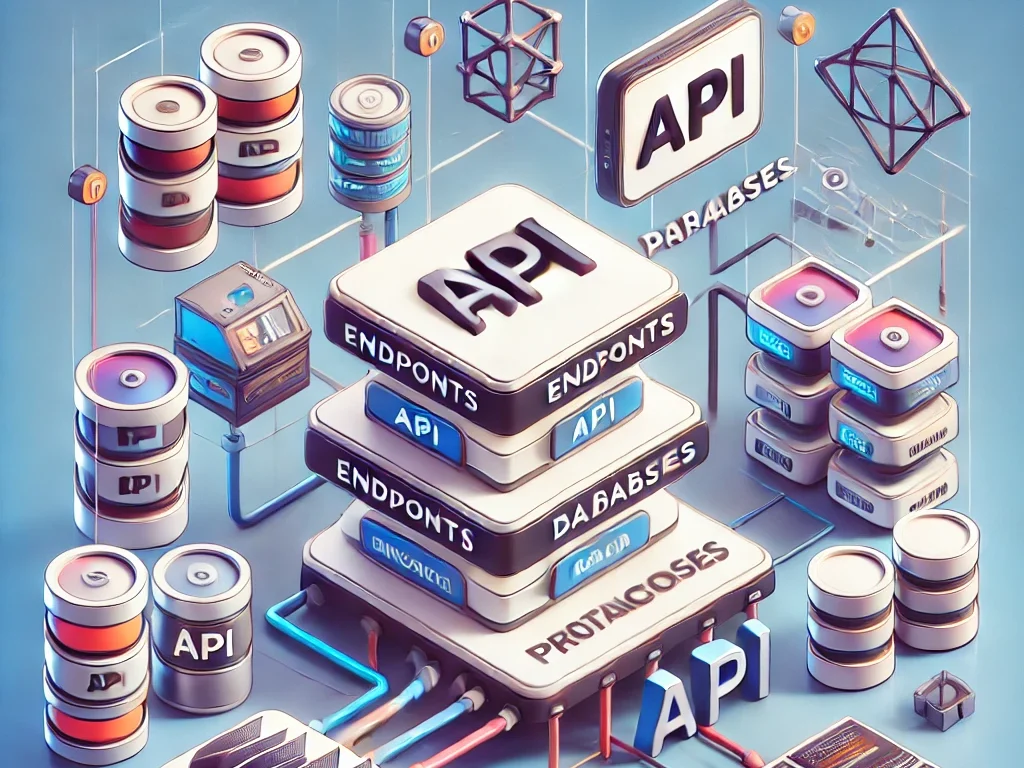APIs are a cornerstone of modern software, but as they grow, their complexity can spiral out of control. What starts as a straightforward script quickly evolves into a tangled web of functions, routes, and hard-coded logic. We’ve been there. Today, we’re sharing how we transformed our monitoring API from a monolithic script into a modular, scalable, and production-ready application—powered by Flask and Gunicorn.
Whether you’re developing your first API or improving an existing one, our journey provides valuable lessons, pitfalls to avoid, and actionable code examples.
The Challenge: A Growing API
Initially, our API began as a single Python script. It served its purpose well—receiving monitoring data, writing to an InfluxDB, and performing validation. But as features like API key validation, server registration, and dynamic field configuration were added, the code became difficult to maintain.
Key issues we faced:
- Maintenance headaches: All routes and logic lived in one file, making debugging a nightmare.
- Scalability concerns: The default Flask server isn’t suited for handling production-level traffic.
- Flexibility: Adding new endpoints often required altering core logic, introducing potential regressions.
We needed a cleaner, more scalable design.
Our Solution: Modular API Architecture
We tackled the problem by re-architecting the API with three key principles:
- Separation of concerns: Split routes, database functions, and application configuration into distinct modules.
- Blueprints for organization: Use Flask Blueprints to group related routes.
- Production-ready server: Deploy the API under Gunicorn, a WSGI server designed for scalable applications.
The Modular Structure
Our new structure looks like this:
Copied!monapi/ │ ├── app/ │ ├── __init__.py # App factory │ ├── routes/ # Flask Blueprints │ │ ├── data.py # Handles data submission │ │ ├── servers.py # Server management │ │ ├── fields.py # Field configuration │ │ └── agent.py # Agent-specific endpoints │ ├── db/ # Database functions │ │ ├── influxdb.py # InfluxDB-related functions │ │ ├── sqlite.py # SQLite helper functions │ └── config.py # Centralized configurations │ ├── config.db # SQLite database ├── wsgi.py # Gunicorn entry point ├── requirements.txt # Python dependencies └── README.md
Code Walkthrough
App Factory (__init__.py)
The app factory initializes the Flask app and registers Blueprints.
Copied!from flask import Flask from app.routes import data, servers, fields, agent def create_app(): app = Flask(__name__) # Register Blueprints app.register_blueprint(data.bp) app.register_blueprint(servers.bp) app.register_blueprint(fields.bp) app.register_blueprint(agent.bp) return app
Endpoints with Blueprints
Blueprints allow us to group related functionality. For example, here’s the register_server endpoint from servers.py:
Copied!from flask import Blueprint, request, jsonify from app.db.sqlite import db_register_server bp = Blueprint('servers', __name__) @bp.route('/api/register_server', methods=['POST']) def register_server(): hostname = request.json.get('hostname') ip_address = request.json.get('ip_address') if not hostname or not ip_address: return jsonify({"error": "Hostname and IP address are required"}), 400 try: api_key = db_register_server(hostname, ip_address) return jsonify({"status": "success", "hostname": hostname, "ip_address": ip_address, "api_key": api_key}), 201 except Exception as e: return jsonify({"error": str(e)}), 500
Database Logic in sqlite.py
Database operations are abstracted into functions for reusability:
Copied!import sqlite3 import uuid CONFIG_DB_PATH = 'config.db' def db_register_server(hostname, ip_address): api_key = str(uuid.uuid4()) conn = sqlite3.connect(CONFIG_DB_PATH) cursor = conn.cursor() try: cursor.execute(""" INSERT INTO servers (hostname, ip_address, api_key) VALUES (?, ?, ?) """, (hostname, ip_address, api_key)) conn.commit() return api_key finally: conn.close()
Deploying with Gunicorn
Gunicorn provides a production-grade WSGI server. Here’s how we configured it:
Install Gunicorn:
Copied!pip install gunicorn
Create a wsgi.py file:
Copied!from app import create_app app = create_app()
Run Gunicorn:
Copied!gunicorn -w 4 -b 0.0.0.0:5000 wsgi:app
Results and Learnings
By adopting this modular approach:
- Maintainability: Each module focuses on a single concern, making the codebase easier to understand and modify.
- Scalability: With Gunicorn, the API can handle multiple concurrent requests.
- Flexibility: Adding new endpoints or modifying existing ones is straightforward.
The modular redesign of our API has not only improved its performance but also made it a joy to work on. Whether you’re building APIs for monitoring, analytics, or any other purpose, investing time in a clean architecture pays off.

